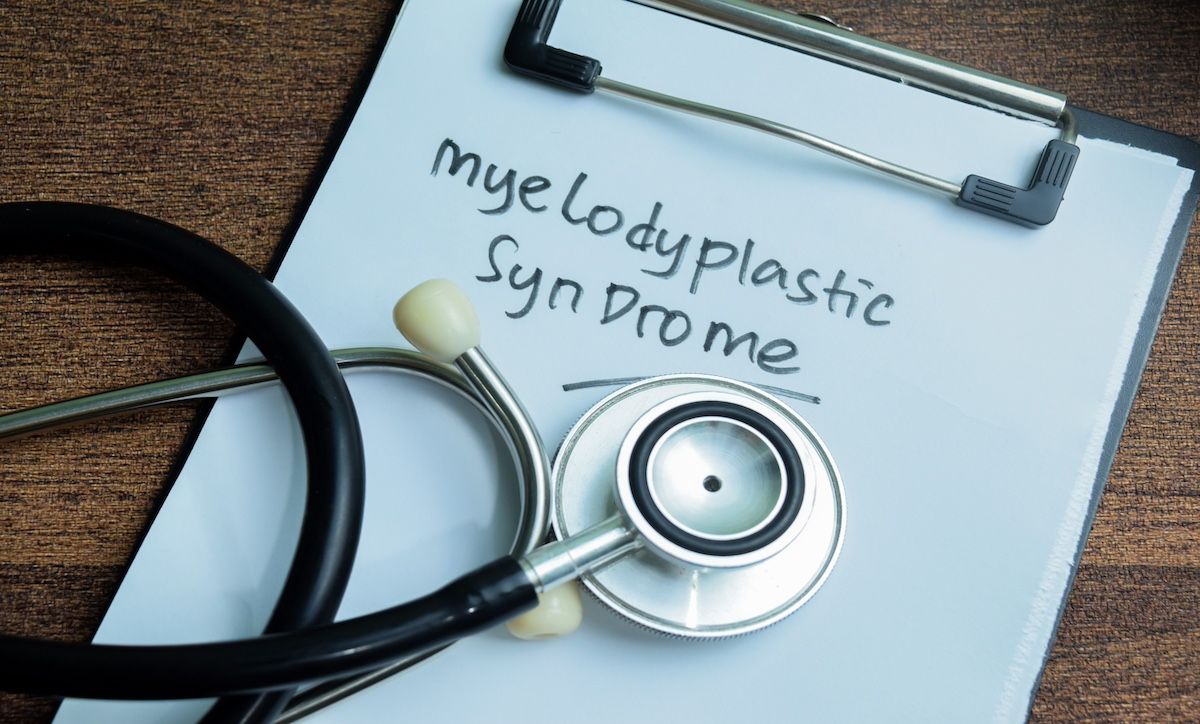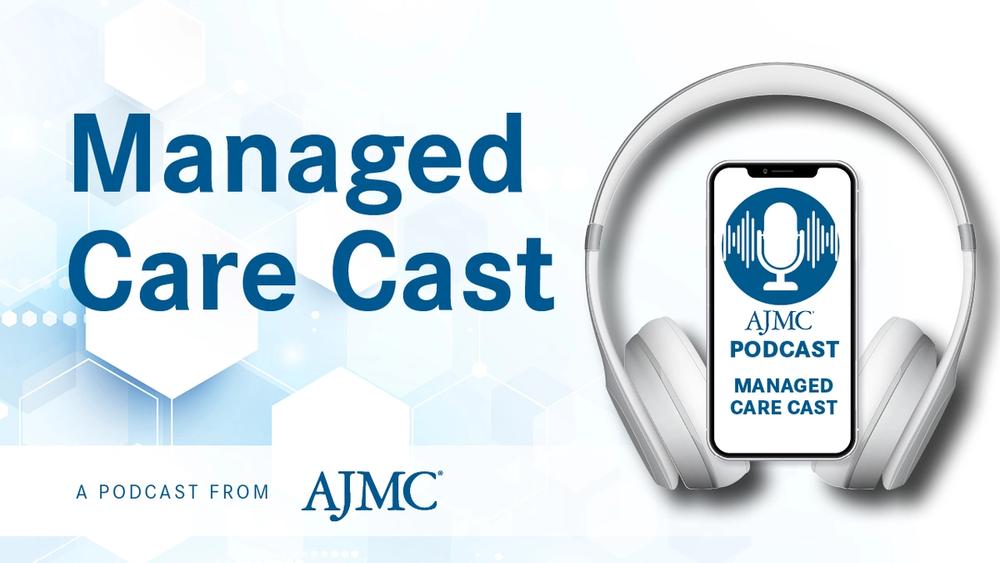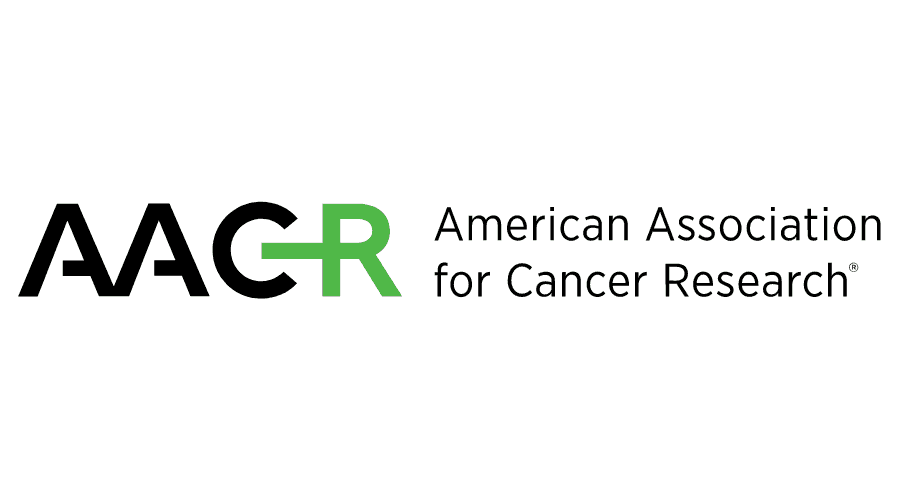Commentary
Video
Treosulfan Shown Effective, Safe as Conditioning for Allo-HSCT in AML/MDS
Author(s):
Mikkael A. Sekeres, MD, of Sylvester Comprehensive Cancer Center, University of Miami, discussed data supporting the FDA approval of treosulfan as part of conditioning for allogeneic hematopoeitic stem cell transplantation (allo-HSCT).
The FDA recently approved treosulfan (Grafapex; Medexus Pharma) in combination with fludarabine (Fludara; Bayer HealthCare Pharmaceuticals) as a conditioning regimen for allogeneic hematopoietic stem cell transplantation (allo-HSCT) in patients aged 1 year and older with acute myeloid leukemia (AML) or myelodysplastic syndrome (MDS). Mikkael A. Sekeres, MD, chief of the Division of Hematology at Sylvester Comprehensive Cancer Center, University of Miami, and chair of the American Society of Hematology (ASH) Committee on Communications, discussed data supporting the use of treosulfan as part of conditioning for allo-HSCT.
This transcript has been lightly edited for clarity; captions were auto-generated.
Transcript
What clinical trial findings supported the approval of treosulfan for allo-HSCT conditioning in AML/MDS?
The pivotal trial that led to the approval of treosulfan was based on the enrollment of 476 patients who were adults aged 18 to 70 years who have acute myeloid leukemia or myelodysplastic syndromes. Now to back up for a second, I practice leukemia and treat people who have acute myeloid leukemia and myelodysplastic syndromes. For somebody with MDS—myelodysplastic syndromes—we refer them for transplantation when they have higher risk disease at diagnosis, and for those with lower risk MDS, we wait until patients have gone through all their available therapies and have started to increase their transfusion needs, and then we recommend that they undergo transplantation. For MDS, bone marrow transplantation, or hematopoietic cell transplantation, is the only curative option we have.
For patients with acute myeloid leukemia, our approach is a little bit different. We tend to divide them into risk groups, probably most commonly, you're using the European LeukemiaNet classification, into patients who have a favorable prognosis, intermediate, or poor risk prognosis. For those who have a poor risk prognosis with acute myeloid leukemia—and you can imagine, these are folks who have poor risk molecular mutations or karyotypic abnormalities—we refer them for transplantation in first complete remission, so we try to get them into remission with chemotherapy and then refer them immediately to transplantation. We think that's their best chance of cure. For patients with favorable risk acute myeloid leukemia, we generally don't transplant these folks up front because their outcomes with chemotherapy alone are pretty good. For those who fall into the middle category, it's a little bit of a dealer's choice. There are many who won't send these folks to transplantation up front, but we'll wait to see how well they do with chemotherapy, and if they relapse, or if they don't go into an initial remission, then they'll refer them to transplant, and there are others who will transplant them up front.
That's the patient population we're talking about for this 476-patient study. In this study, patients were randomized to receiving treosulfan or busulfan. Interestingly, those who received treosulfan had an improved 2-year event-free survival, 64% vs 50% for those in the busulfan group. They also had an improved overall survival, so the trial met 2 end points. One was a non-inferiority end point, meaning treosulfan didn't appear to be statistically worse than busulfan, but it also met an improved overall survival end point.
Now, transplanters will quickly pivot and say, “Okay, well, that's great, but what about relapse risk and what about graft-vs-host disease?” So, the relapse-free survival was about the same between these 2 groups, and the rates of graft-vs-host disease within the first 6 months and thereafter were about the same between these two groups. In fact, you could argue that GVH in the first 6 months and thereafter was actually a little bit higher for those patients who received busulfan compared to treosulfan.
When the FDA approves a treatment approach, they really like all things to line up—all measures of efficacy, all measures of survival, and all measures of safety to line up in favor of a drug that's asking for approval vs those that aren't, and this is an example of where that's actually happening.




